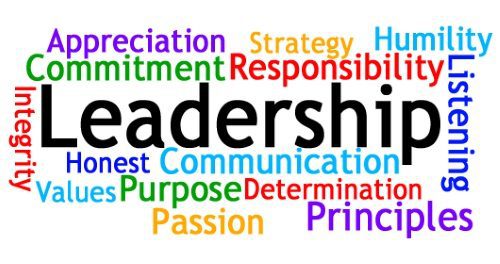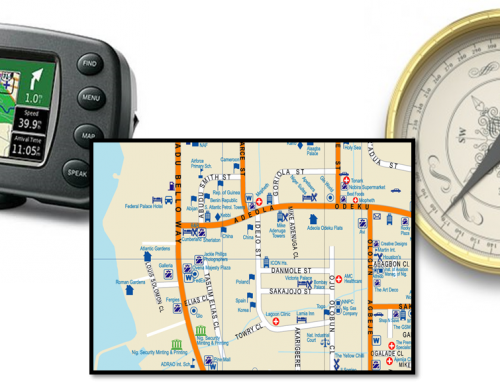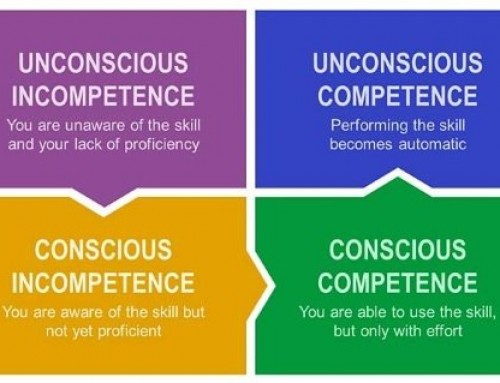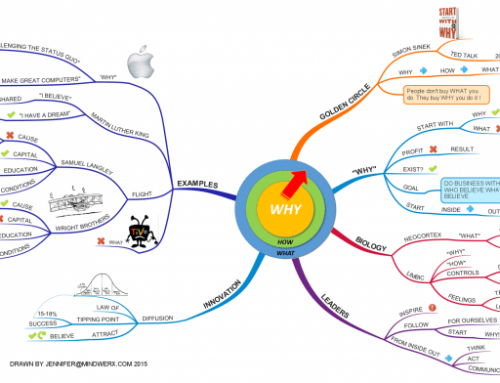What Type of Leaders do we Need and Want?
Effective and inspirational leadership, whether at a national/international political level or a business/team level, is vital for successful and sustained performance. The big question is what type of leadership? For leaders to succeed there is a need to understand both the type of leader you are, and the type of leader people need.
Studies have shown that leaders are generally ‘chosen’ by those they ultimately lead. Some years ago a study into street gangs showed this in a very dramatic way, and it has become clearly evident in recent elections and events around the world.
When the right leader appears, they are ‘chosen’ by others to lead them. But where the needed leader is not visible or available, a void appears and people disengage or become unsettled.
Today there is a lot of evidence both promising and worrying to support this globally, in America, the United Kingdom, Russia, Canada, Europe, SE Asia, and in Australia.
Interestingly in business organisations, leaders are not chosen by those they will lead. Instead they are forced upon employees by Boards and Senior Executives in a top-down fashion. Traditional approaches generally do not have the welfare of the people in the organisation as a top priority. Revenue, profit, growth, return on investment, or satisfying political masters are more important.
Which almost certainly contributes to the massive disengagement of people in most organisations.
In their 2014 HBR article on Blue Ocean Leadership, Kim and Mauborgne sight a study on employee engagement in the ‘purpose of their organisation’ – what Sinek would call the ‘why’. The findings indicate only about 30% of employees were engaged, 50% were disengaged, and 20% were sabotaging. These are worrying findings.
My own experience from questioning colleagues, clients, and others in all sorts of organisations in Australia indicates an even worse situation here. The exception is some of the Not for Profit, heavily volunteer based organisations I am fortunate enough to work with.
Ask almost anyone in a business, what the purpose of the business is and the number one answer is ‘profit’, which is unlikely to get them rushing to work every day. Profit, as important as it is, is not why an organisation should exist, and does not motivate or engage people.
This disengagement of people is perhaps the single biggest and most important challenge organisations face today. And organisations using traditional approaches to appointing leaders are not likely to change how leaders are hired and promoted, and even if they wanted to, what would be a better way?
So what can we do about this?
There is no easy answer, but I suggest developing a profound understanding of the different types of leaders, and why people require different types of leadership at different times is a good starting point. Kim and Mauborgne suggest a strategy for this, but it is so rigorous and requires significant investment, my view is few Australian organisations would invest in it.
Leadership development programs will be fashioned to address employee disengagement, and that should begin by understanding the types of leaders we have, and what we need. We might study those few, generally smaller, companies that involve staff in the hiring process to learn some lessons.
My own experience, as a business leader and having worked with Boards, CEOs, and executive teams for 30 years has given me some simple ideas on types of leaders. I describe this as the GPS, Map, and Compass leaders, and I recently updated my short article on this, which you may find interesting. Go to https://mindwerx.com/gps-map-compass-whats-leadership-style/.
And just a few suggestions to consider when looking to hire your leaders are:
- Understand the culture of the organisation, and assess if it is working to support the purpose of the organisation. You may need a leader able to inspire a culture change.
- Boards and CEOs must put the people that work in the organisation top of the priority list, ahead of all other factors. Engaged people deliver better results.
- Executives, indeed anyone, seeking a position in an organisation should do a ‘due diligence’ to try to determine if the company matches their needs and value. We all work best with those that inspire and challenge us.
- Like-wise organisations should do the same when hiring people, particularly those in leadership roles. Don’t hire duplicates of yourself, look for learners, opportunity seekers, adventurers, story tellers, and intrapreneurs.
- A 360-degree approach to interviewing might be appropriate, where a candidate meets those they will work with and for, as well as those who will for them. Get everyone involved and on the same journey right from the start.
Clearly this is not an exhaustive or detailed list of suggestions, nor are they easy to implement, but hopefully they start your thinking about how we might better match leaders to the needs of those they lead, to increase engagement in the purpose of your organissation. All the best with it.
And if you’d like to talk about how Mindwerx can assist with the development of your leaders, mentors, and high potential people email me any time bill@mindwerx.com.







